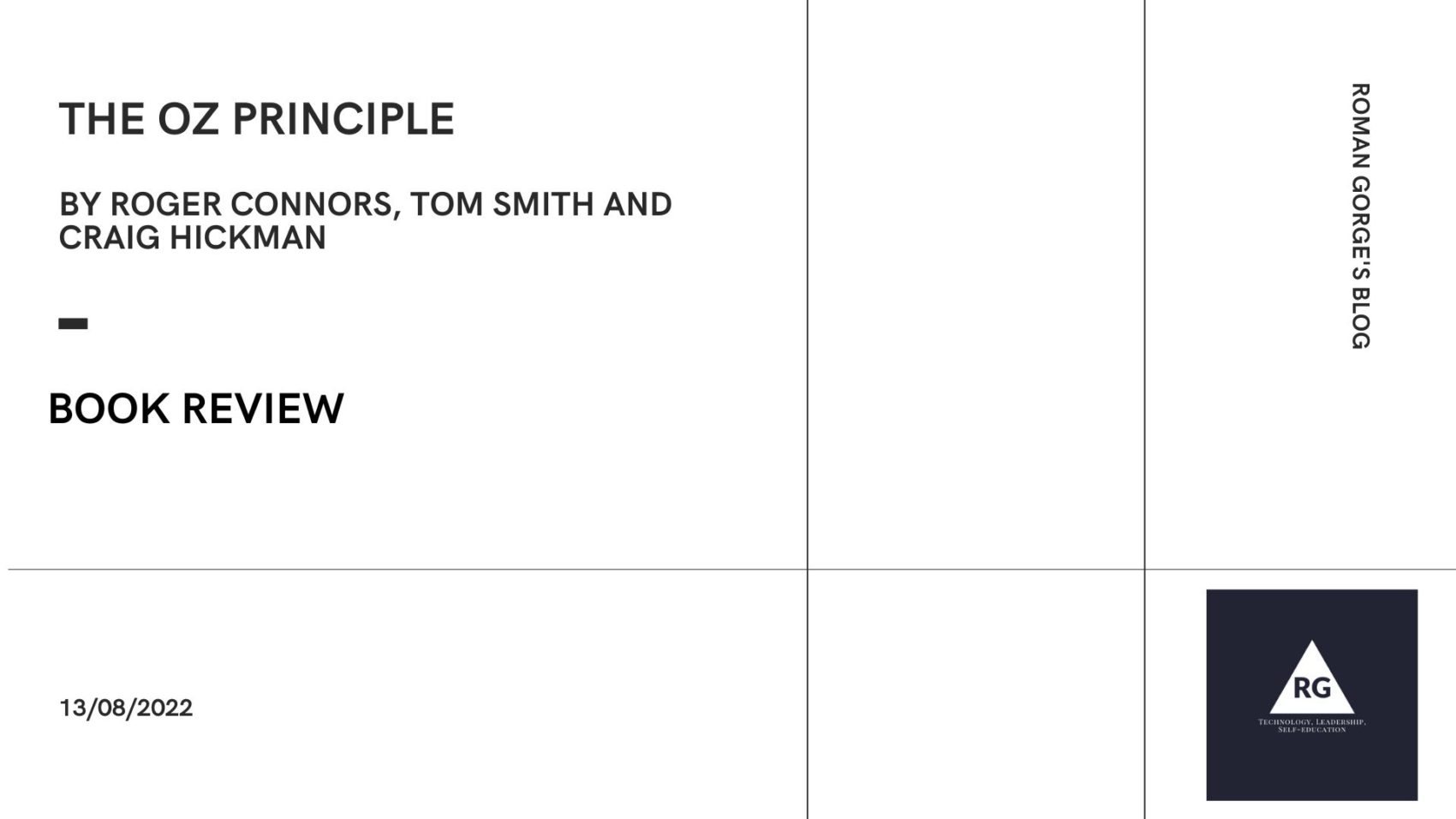If you are in program or project management, you definitely familiar with RACI matrix. Probably, the most confusing part of it is the difference between Accountable and Responsible. The picture below I took from the book and it visualize this difference nicely.
The one may be directly responsible for a specific scope, but true accountability spreads beyond immediate tasks and covers a wider area.

Why it is important? Because at any company things “fell between the cracks” because people let them fell between cracks because they don’t want to take accountability for that. So, it does not really matter how many head counts are assigned to the task, there always be missed deliverables. There always be blame assignment to other departments, customers, ineffective tools or processes Unless everybody feels accountable.
This resonates very well with Amazon Leadership Principle – Ownership: “Leaders are owners. They think long term and don’t sacrifice long-term value for short-term results. They act on behalf of the entire company, beyond just their own team. They never say “that’s not my job.”
The Oz Principle book defines a framework which an individual or an organization can utilize to detect that they fell “below the bar”, accept accountability for that and start a process of exiting downward spiral. The book defines four steps in the framework.
See It
Everything starts with accepting the reality. If there is a problem, denial is not a solution. The book does not give any magical instruments here – ask and listen to a feedback, actively work towards better understanding of a problem, acknowledge the reality, accept coaching from others.
I believe that deep inside everyone knows if they are below or above the line. So See It is not about knowledge but about courage to accept the reality.
Own It
Accept accountability for results and actions that led to the problem or current state of things. The book provides an interesting list of questions that helps to swallow a pill of accountability:
- Can you cite the most convincing point of the “other side of the story” that “they” are telling?
- If you wished to warn someone in similar circumstances not to make the same mistakes, what would you tell them?
- What facts did you choose to ignore?
- What facts should you add to the story that you have left out?
- What would you do differently if you faced this situation again?
Solve It
There is always somebody in a team who Sees all the problems and even may be Owns them but still does not move an inch towards resolution. The book suggest ask yourself triggering questions, like “Do you stay engaged in solving a problem when things get difficult?”, “Do you try to discover new ways of thinking about problems?”. There is always an easier way to “quit and stay” and wait until somebody will step in. But will it help in a long run?
For me the best part of the book is simple idea to ask yourself and your team – What else can we do to rise above our circumstances and get results we want?
Do It
Well, Do It is actually about doing it. Stay above the bar for a long time, review selected course of actions and progress step by step. There is a gravitational pull from below the bar that you have to resist. And you failed to resist, then recognize it quickly enough to raise the bar again.
Overall, 4 out of 5 book. The ideas described in it are not new and some parts of the book are outdated, but it is still a solid summary how to drive accountability for yourself and organization.
Check out my other book reviews.
